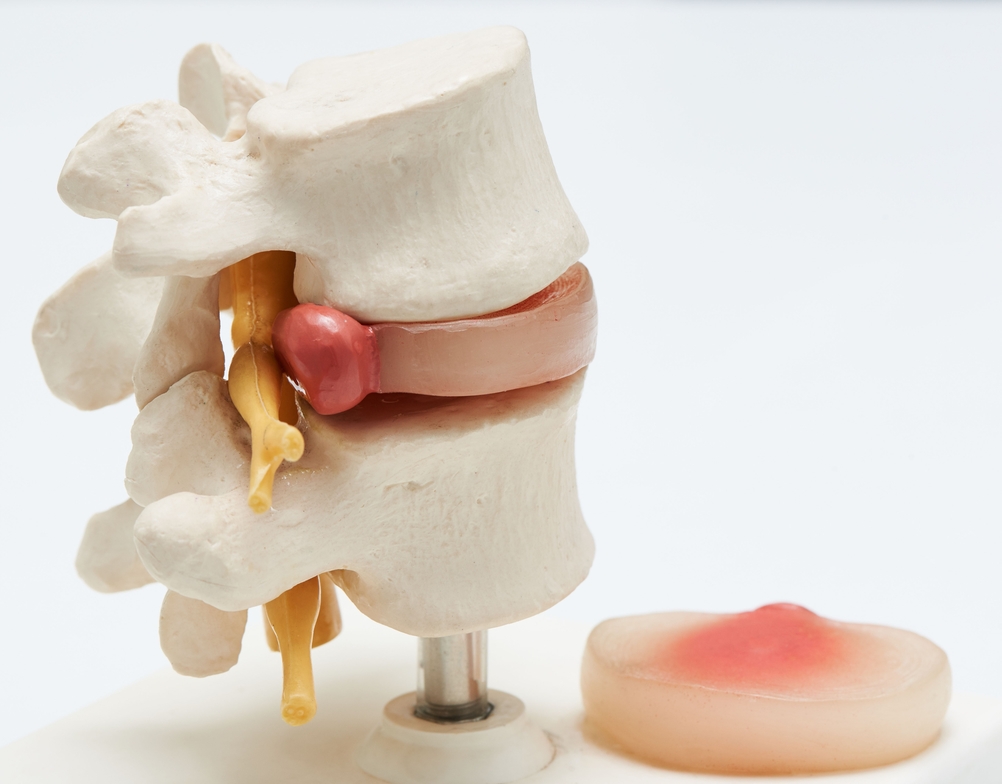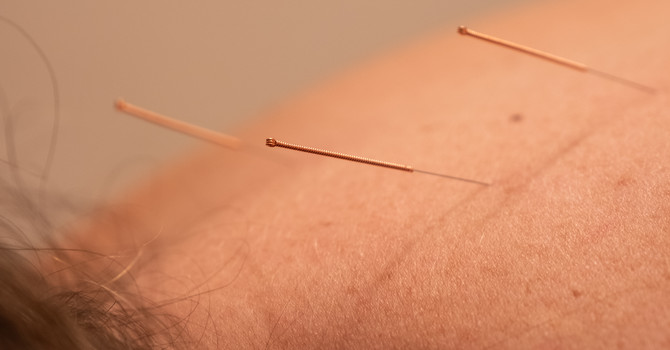
There are many commonly used terms such as “pinched nerve”, “slipped disc”, “sciatica” etc that are typically caused by one particular structure in the spine - the intervertebral disc. Your lumbar spine carries a significant amount of weight and is constantly in motion, which makes your spinal disc susceptible to injury. The medical term is lumbar radiculopathy - a condition where nerve roots in the spine get irritated or compressed from the intervertebral disc, causing neurological pain in the lower extremities. The sciatic nerve is one of the spinal nerve roots that can be affected with a herniated disc. The lower nerve roots of the spine create the sciatic nerve and can cause symptoms in different areas of the legs.
What is the Intervertebral Disc?
Between every vertebrae of your spine you have the disc that is composed of an outer annulus fibrosis, and an inner nucleus pulposus. Think of the annulus fibrosis as a basket-weave of fibers that holds the jelly-like material that is the nucleus pulposus in the center. When the annulus fibrosis becomes damaged or experiences excessive pressure on the spine, the nucleus pulposus can migrate out through those fibers and irritate the associated nerve root. We can experience different levels of pain depending on the severity of the disc injury, inflammation, and irritation to the nerve root.
What are the symptoms of a herniated disc?
Herniated disc pain in the low back can range from an achy, stiff feeling, to a shock-like pain that can travel down your legs. Many patients describe this pain as sciatica. Here are common signs of a herniated disc:
- Pain with sitting
- Radiating pain into the lower extremity: the disc material most commonly bulges or herniates to one side, thus why we experience that shock-like pain down one leg. Less commonly we can have a centralized herniation which causes symptoms on both sides. In addition to the shock-like pain, we can also experience numbness, tingling, and muscle weakness when the nerve is compromised.
- Pain aggravated by specific movements: bending forward or down, lifting a heavy object, pushing or pulling a heavy object, sitting up in bed, coughing & sneezing.
Common movements that can trigger a herniated disc
The source of your pain can be from a nerve being irritated by the protruding disc, or from the disc itself.
Prolonged sitting: Sitting, or flexion of the spine, puts more pressure on the disc especially when slouched in your seat. Sitting is often unavoidable but here are some tips to reduce the stress on the disc:
- Use a small pillow or towel to support your low back. You can also buy lumbar supports to add to your desk chair.
- Set a reminder on your phone to take breaks and to sit up straight. We recommend every 30-40 minutes.
- Take multiple breaks from your desk to stand up and walk around, or if possible, use a sit-to-stand desk.
Excessive bending: household chores, yard work, and laborious jobs require lots of movement of the lumbar spine. Without proper lifting mechanics or core stability, the excessive movement can cause or increase disc herniation symptoms.
- Poor lifting mechanics: we need to be able to bend down and pick up items throughout our day. Bending or “hinging” from the hips and using your legs to lower to the ground will prevent excessive flexion of the low back.
- Lack of core stability: we can’t forget the importance of core stability in relation to low back pain. Our core is the main stabilizer of our low back, and used is virtually every movement and position. Without proper core stability, our low back becomes vulnerable and “overworked” to make up for the lack of support.
Why Chiropractic care can help:
This condition can be extremely painful, but for the majority of patients it is very treatable with chiropractic care. The vast majority of lumbar disc herniation symptoms reduce significantly within 90 days with appropriate treatment. That range is different for everyone and it does not mean that pain will last for the full 90 days. Chiropractors are spine professionals who can appropriately diagnose this condition and rule out any major problems such as tumor, infection, etc. Treatment can include a combination of spinal adjustments, spinal traction, soft tissue therapy for associated muscle spasms, and exercise rehab. It is essential to consult with your Chiropractor if you are experiencing any of these symptoms.







